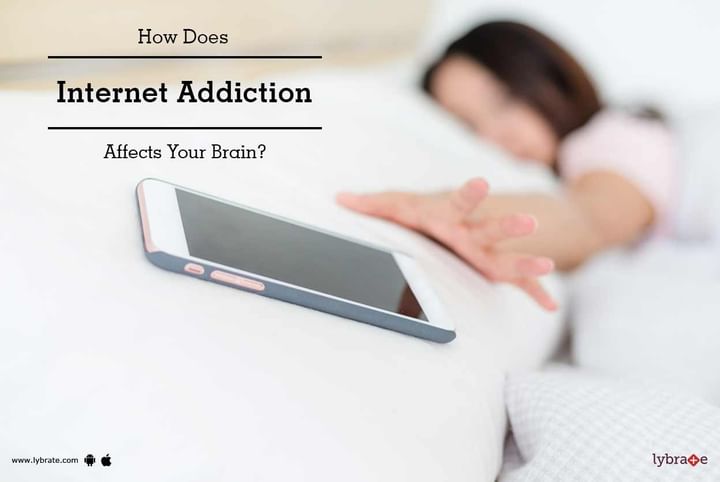How Does Internet Addiction Affects Your Brain?
Internet addiction disorder or IAD, more commonly called Problematic Internet use or PIU, refers to excessive internet use that interferes with your daily life. Too much internet use to chat with friends, watch porn, use social media or surf the net for information- all fall under the purview of internet addiction.
Internet addiction disorder is a recently recognised condition in which sufferers spend unhealthy amounts of time “online” to the extent that it impairs their life quality. The internet addicts may experience distress and withdrawal symptoms just like smokers do, if they are denied access to their computers or mobile phones. They suffer withdrawal symptoms like tremours, obsessive thoughts, and involuntary movements of the fingers like typing.
IAD and Your Health
Internet addiction can have two different types of repercussions- physical and mental. Physical problems associated with this disorder are-
- Back pain
- Carpel tunnel syndrome
- Neck pain due to cervical spondylitis
- Sciatica pain
Mental Problems
The psychological and organic harm to the brain caused by internet addiction is still being probed but there is enough research to say conclusively that internet addiction disrupts nerve wiring in the brains of addicts. This addiction thus causes a level of brain damage normally seen in heavy substance abusers. The brains of people who use cocaine and cannabis or other narcotics also show similar effects. The brain thus gets damaged when you get hooked to a behaviour- be it obsessive internet use or drugs. IAD is as physically damaging to your brain like an addiction to drugs, scientists believe.
In particular, brain scans have shown that internet addiction causes significant damage to white matter in the brain. This disruption to white matter nerve fibres connecting vital parts of the brain involved in emotions, decision making, and self-control has long-lasting debilitating results. IAD also shrinks the brain’s gray and white matter fibers which result in changes in your brain functioning and the way you handle emotions.
This disruption in white matter fibers is caused by disrupted myelin, the fatty insulating sheath that coats nerve fibres and helps them to function.
The risk factors for IAD
Specific risk factors for IAD include:
- Anxiety, depression or other mental health or mood disorders
- Loneliness
- Absence of social interaction or support
- Presence of other addictions like gambling, alcohol, drugs, or sex
- An abrupt change that limits social activity or mobility like having a baby, becoming disabled, losing a job etc.
- High levels of stress.
IAD is treatable. All you have to do is seek help. Sometimes, trying to get rid of IAD by yourself doesn’t work. This is the right time to seek the help of a counselor. Behavioural therapies that chip at the root of the problem or the main cause of IAD help you in getting rid of it fast.
In case you have a concern or query you can always consult an expert & get answers to your questions!



+1.svg)
